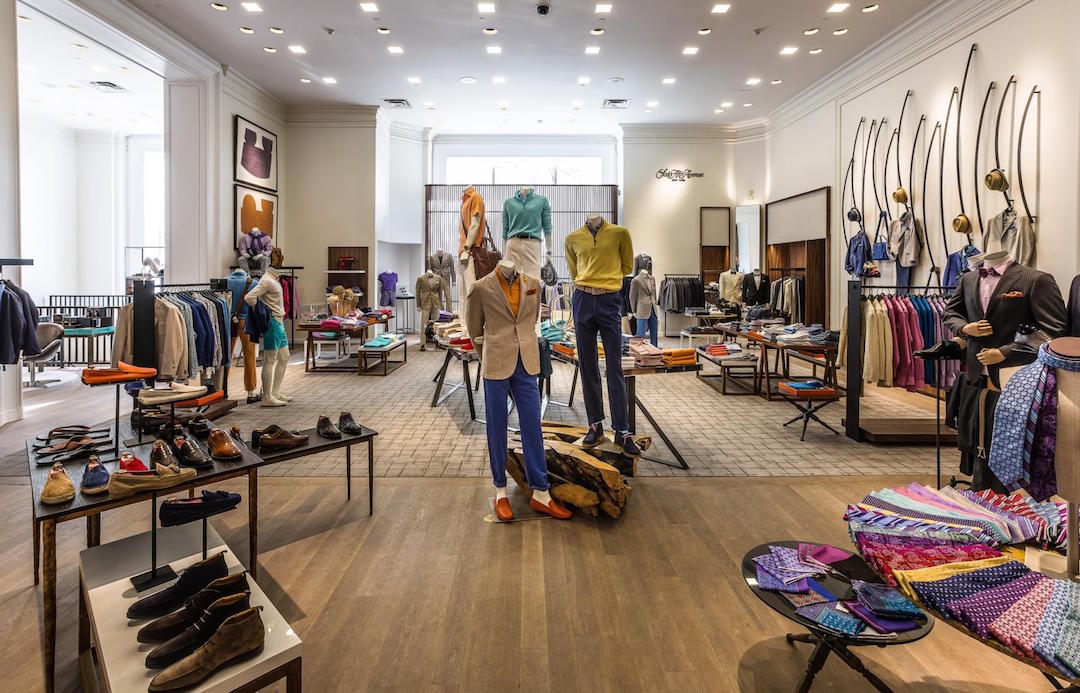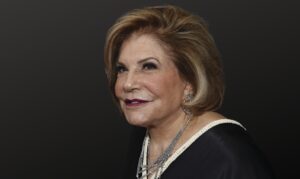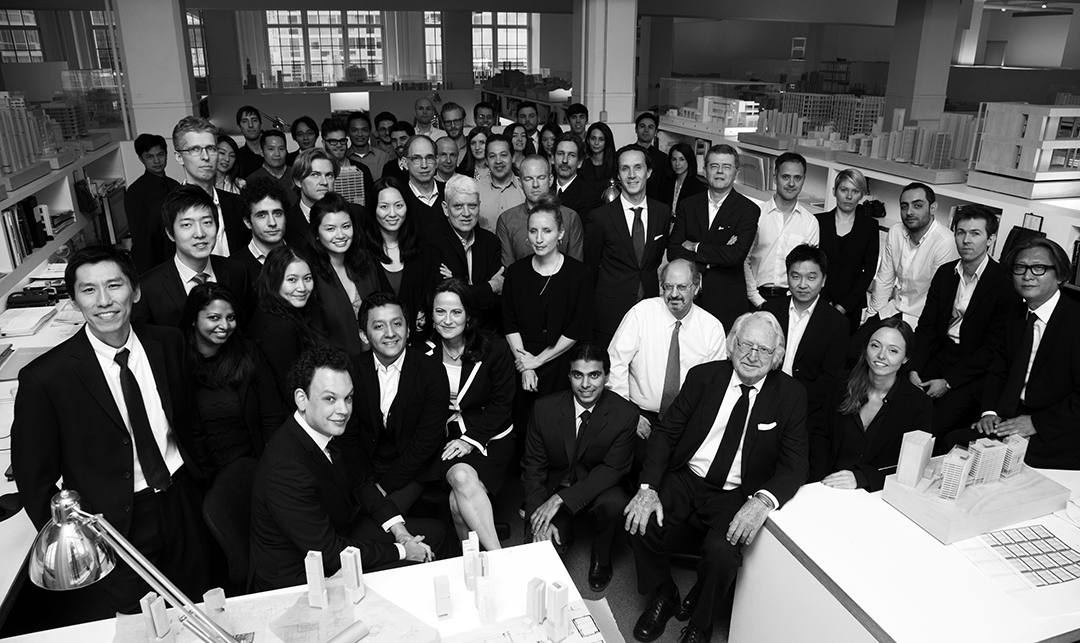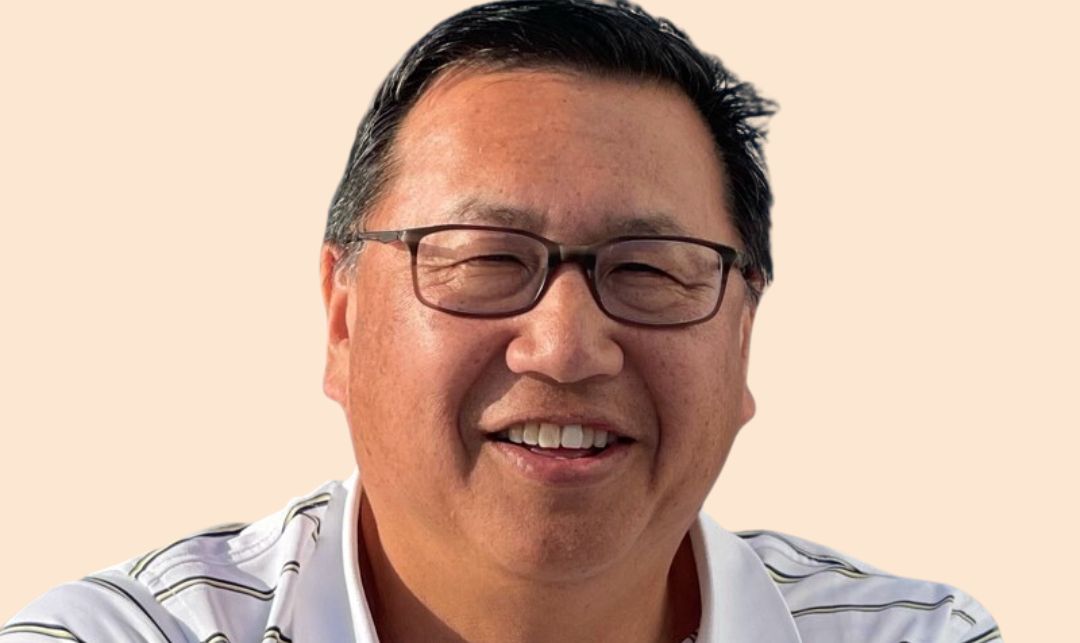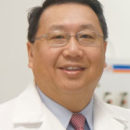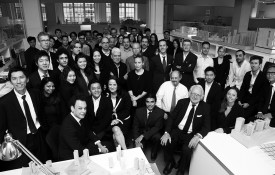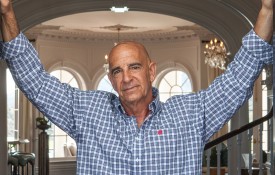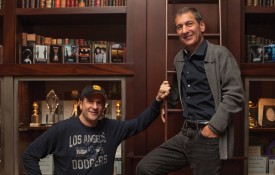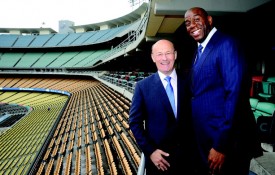Prime Aesthetics Group, headed by Co-founder and Chief Medical Officer James Chao, MD, is an elite health care partnership of leading plastic surgery practices. To date, Prime has acquired eight practices to become one of the nation’s largest plastic surgery groups. In 2022, the company completed a capital investment round with White Oak Global Advisors, an alternative debt manager that has deployed over $10B in transactions since 2007. Proceeds from White Oak Global Advisors were utilized to fund Prime’s three most recent acquisitions, including famed NassifMD, and White Oak anticipates continuing to collaborate on similar future acquisitions.
After earning an undergraduate degree with honors from Stanford University, Dr. Chao earned an academic scholarship to study at NYU School of Medicine, and went on to complete general surgery, plastic surgery and hand surgery training at NYU Medical Center/Bellevue Medical Center. He holds multiple patents of plastic and hand surgery devices, is recognized for his award-winning clinical expertise and maintains successful practices near San Diego—but is best known for his role as the plastic and hand surgeon for the San Diego Chargers NFL football team and ESPN X Games, and for his appearances on The Doctors.
In 2018, he gave up a tenured position as clinical professor of surgery at UC San Diego to start Prime Aesthetics Group with fellow co-founder George Scopetta. With a new approach to raising capital and unlocking value for his partners, it’s paid off beautifully.
HOW DOES A DOWNTURN IN THE ECONOMY POTENTIALLY AFFECT A PLASTIC SURGERY PRACTICE LIKE PRIME?
If there’s a recession, we don’t see it as much in the top tier of our industry. Plastic surgery is to a certain extent recession resistant in the sense that, looking back at 2008 during the housing market crash, people in our industry worried plastic surgery is a luxury item, and nobody would need a facelift during a recession.” Well, that’s not actually true. Because if you look at the top plastic surgeons in 2008, they maybe made a 5%, 7% or 8% decrease. It was the middle structure that lost that 20% to 25% number. However, the businesses in the bottom half, for example the lifestyle lifts industry, tended to have lost dramatically during that time. And if you look back, that’s kind of the beginning of the unwinding of the popularity of lifestyle lifts. So it’s just basically true, right? People who have wealth tend to preserve it and foresee the need to look good, especially in these times when maybe there are not as many charity balls to attend. Instead, they used this type of opportunity to “get spruced up.” We saw that again during COVID, nearly three years ago.
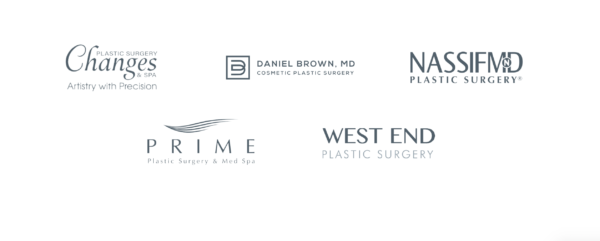
The practices acquired by Prime Aesthetics Group
WHAT ARE THE ADVANTAGES OF A PARTNERSHIP MODEL FOR PLASTIC SURGERY VERSUS A SMALLER PRIVATE PRACTICE?
Unlike traditional private equity, our roll-up is a shared services partnership with a philosophy derived from a surgeon’s point of view. And obviously we have some great financial people on board such as my partner, George Scopetta, who has designed a model that works beautifully from the financial side, so he can sell it on Wall Street and garner the funding we need to succeed. So the metrics make sense to Wall Street, and the metrics make sense to the surgeons. Number one is that our physicians are treated as partners. The stock of the company is always going to be 51% or greater for the doctors in the partnership, and the doctors together will have the control of the group. That’s my job, taking my history as a surgeon and 20-plus years in academia, of selecting people who are leaders in our field, who understand our shared goal and purpose. They’re among the top plastic surgeons, right? So why am I going to change their process, practice or their branding? Even though it’s branded under Prime, for example, our most recent acquisition is still known as NassifMD because it’s earned cache value. We’re building a house of brands, like LVMH, with great brands that we support and unlock value.
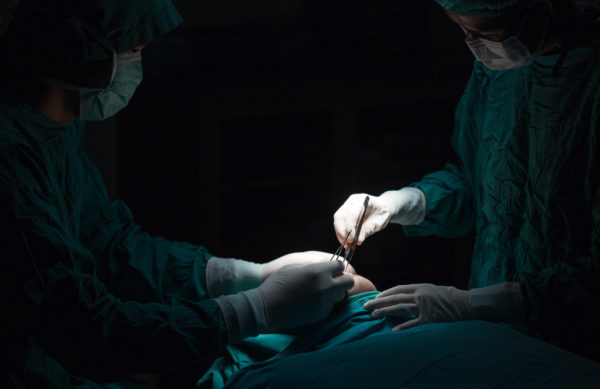
TELL US MORE ABOUT HOW PRIME FARED DURING COVID.
We experienced many patients taking advantage of the time off from public meetings, even the middle class, which was different than in any previous times. Plastic surgeons across the board got a bump. And when you look at that bump, the businesses who were at the top end of the scale got not only a bump in the volume, but a bump in the price. So you get to look at two things. Not just how many units did you do. Because plastic surgery is a time-limiting situation. I can’t make 25 hours in a day. So instead you consider: , “OK, I can bump my prices, and I’m going to stay busy.” The practices that were in the middle, although they were busier, too, they didn’t necessarily bump their prices, because they hit more of a ceiling.
We were able to succeed in COVID because we’re different from other equity structures trying to roll up this market opportunity, as we’re aggregating the high end of the brand-name leaders.
We’re empowering these leaders as partners, unlike the typical private-equity roll-up acquiring average surgery businesses getting a lowering percentage payout over time.
WHAT’S NEXT FOR PRIME?
We have many options to consider, including a potential IPO in the future obviously, the markets are not [great] right now for IPO offerings, which is just fine with us. We actually like our position because it’s going to take us two to three years to get the number of practices that we need. And then also to get the track record of successful financials, when you go out and list a company. We have to build that and we’re prepared for that. We have the cash for that and we also have the debt fund, in which White Oak has committed to us, and we have significant funds in the bank. George and I personally wrote $10M in checks to get the business started. I’m first money in, and I’m going to be last money out. I get paid for what I do as chief medical officer because that’s the ethos, which is very simple.
I’m not going to make money off of my partners. I earn my remuneration by operating.
So prior to my getting on a plane yesterday, I did four cases, then got on the plane for work travel. Like all of our partners, I make my income by being a plastic surgeon versus not practicing or doing one or two cases a week, and that creates a level of respect from private equity firms, too. I still do 10-plus cases a week and put that income into the partnership.
The goal is really an EBITA number of $50M to $80M. Currently dermatology practices are trading at 12x to 13x. We’re sort of exploring 10x or 11x, just to be on the safe side, because we want to be cautious. And to go public, you need about a $500M to $800M valuation. George and I started another company called Share MD and we’re going out to market with that as well. As for Prime, we have another six practices we’re halfway in the process of closing, with another 20 with NDAs, and there are another 30 leading practices that we haven’t even looked at yet. Eventually, we’re looking at a $1.7B company. It’s important to note that financing a medical partnership is not like rolling up a bank, because there are compliance issues. There’s no such thing as a corporate practice of medicine—that’s actually forbidden in most states. At the end of the day, we are still doctors, we are still practicing medicine, we’re still obligated to the patient and we have a golden rule, the Hippocratic oath: Do no harm. And the best part is, we believe our patient service, satisfaction and outcomes will increase.
WHAT WAS THE EVOLUTION OF YOUR OWN CAREER THAT YOU WERE POSITIONED TO GROW SUCH A PRESTIGIOUS GROUP OF SURGEONS?
We started with Prime Med Spa near San Diego, because that’s in my backyard. And I have a lot of pull in that area. I’ve also been a professor the majority of my life and have personally trained 42 plastic surgeons who are board certified, and they’ve trained about another 100 or so each. So if you do the Kevin Bacon rule, where it’s a few degrees of separation, I have influenced about 400 to 500 lives. There are less than 6,000 board-certified plastic surgeons in the United States, so I have touched about 8% of doctors in the industry. Instead of going on the lecture circuit and getting honorariums, I’m flying Southwest to visit practices, talk to doctors and share our model with them.
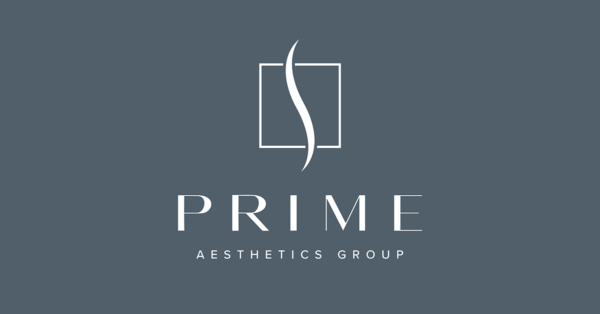
TELL US MORE ABOUT HOW YOU PLAN TO CONTINUE TO BUILD ON THIS MODEL MOVING FORWARD
Our approach is really different on multiple levels. First of all, we’re trying to build what we call an integrated or vertical situation. Number one, we are committing $1M a year to a fellowship program. Instead of paying highly trained fellows the going rate of $40K, which is indentured servitude, we’re going to pay fellows $100K and, with our multiple locations, offer a hybrid best-of-the-best experience working with me in San Diego and with Dr. Paul Nassif in Beverly Hills, for example. Giving back and research are also essential for the core of our practice and also for our valuation. So we’re putting together a contract research organization, a CRO, basically taking advantage of the fact that we have such great leadership with our doctors, who are considered key opinion and thought leaders. We’ve also hired PhDs so that we can do top-quality research more quickly and nimbly, without being encumbered by the big bureaucracy of a place like UC San Diego, where if you wanted to buy a toothbrush it took a whole committee. So we’ll have the rigors of an institution as well as an institutional review board, an ethics committee, and be that kind of mechanism. We plan to be vying for grants in the federal domain, the state domain and private contracts.
At the end of the day, all the doctors we’re bringing into Prime are like me. When you ask them who they are, the first thing they’ll say is that they are a plastic surgeon. By adding mechanisms, such as a contract research organization and talented fellows to our shared partnership, the sky’s the limit.


